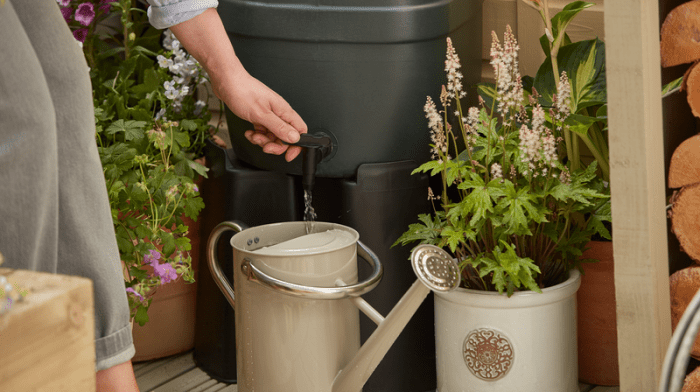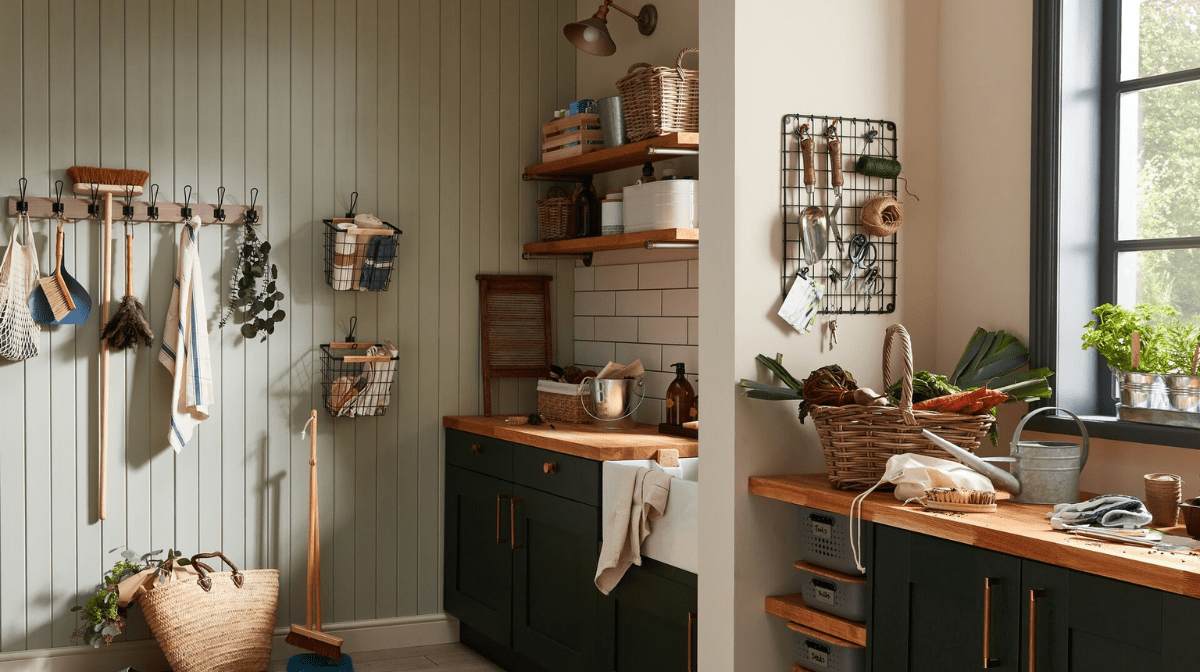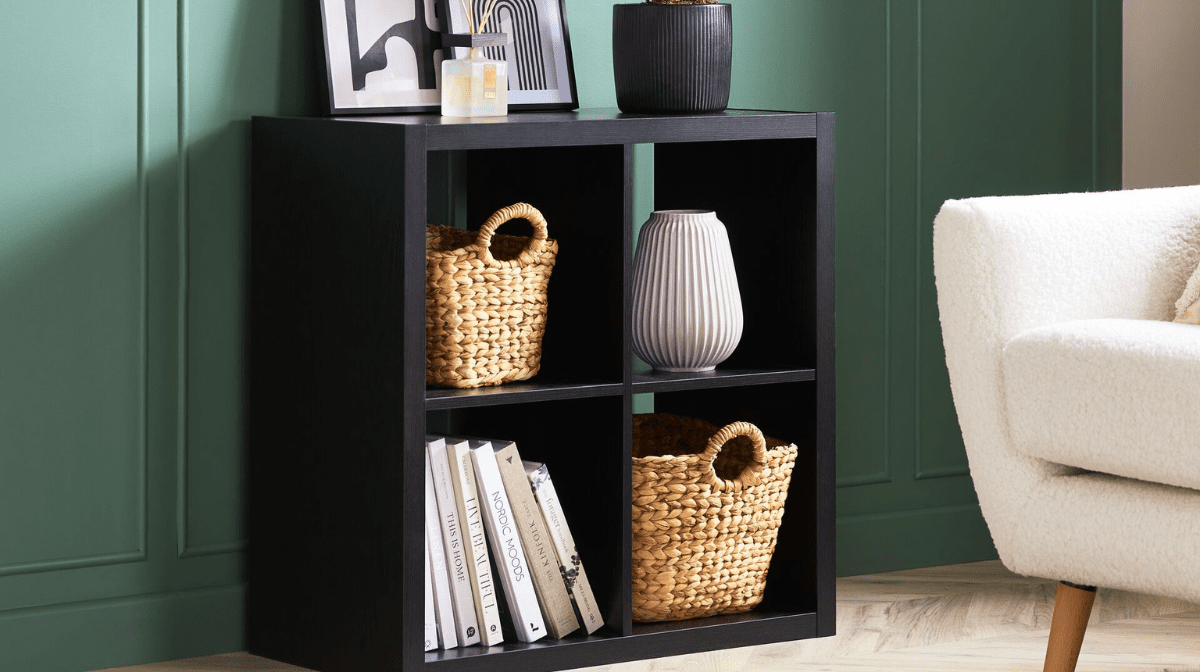Knowing how to insulate a loft is a simple way to make your home more efficient and save money on your energy bills. An easy task that doesn’t require any specialist DIY skills, one person should be able to lay insulation in a few hours.
If you’re on a budget, the best way to insulate a loft is with loft floor insulation. This will help to trap heat in the house and prevent it from escaping through the rafters.
Please take a moment to read through our DIY safety tips and always follow the manufacturers’ instructions. Before you start, we also recommend taking a look at this handy video. It’s a great step-by-step guide!
What you’ll need:
Choosing loft insulation
When it comes to reducing your heating bills, home insulation is a fantastic long term solution. The thicker your insulation, the more energy (and money) you will save. The recommended minimum thickness is 270mm, cutting your heating costs by a healthy 15%. If you’re not sure how much insulation material you need for your loft, follow the simple steps below.
Depth
Measure the depth of your current insulation. Subtract your current depth from the recommended minimum of 270mm to find out how much new insulation to buy. You may need more than one layer of insulation to get the right depth.
Area
Measure the size of your loft: the total area required = length x width.
Joist gap
If your existing insulation is level with the joists, you can skip this section and go straight to the next step.
Most joist gaps are between 400mm and 600mm wide. Measure the distance between your joists to work out what type of roll you need.
For more information on the varying types of insulation and to find the perfect one for your loft, check out our insulation buying guide.
Safety guide
Make sure your loft is safe to work in before you start! Use crawl boards to avoid damaging the ceiling below and make sure to lay any electrical wiring over the top of the insulation. Leave a 75mm gap between the insulation to prevent a fire hazard. It’s also a good idea to wear a dust mask, goggles and gloves during this job.










